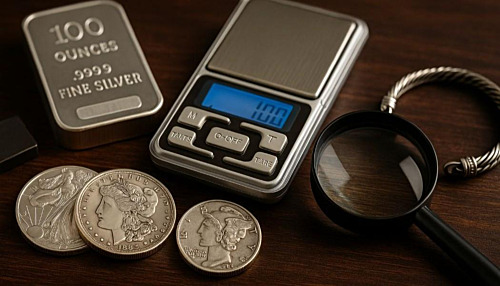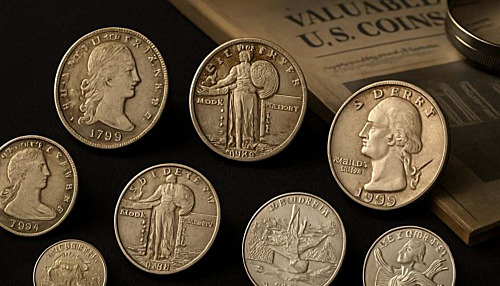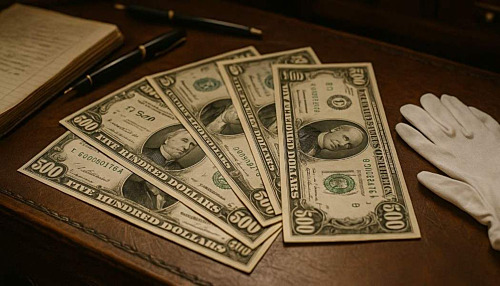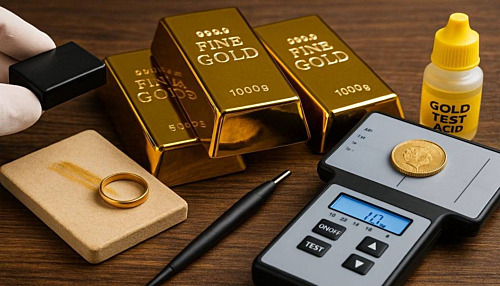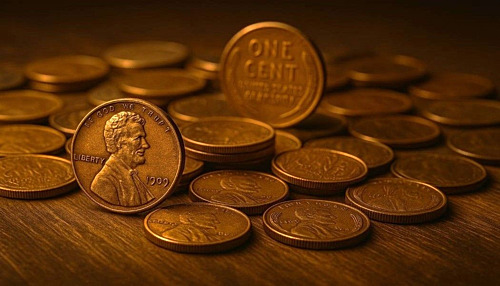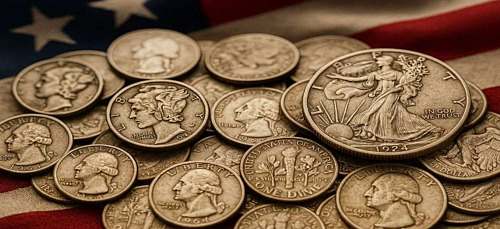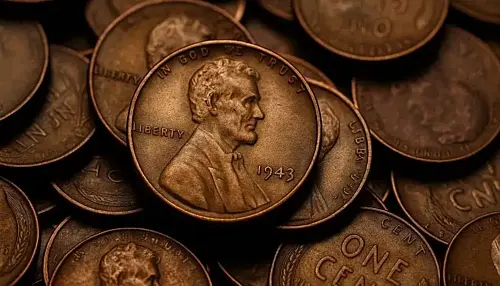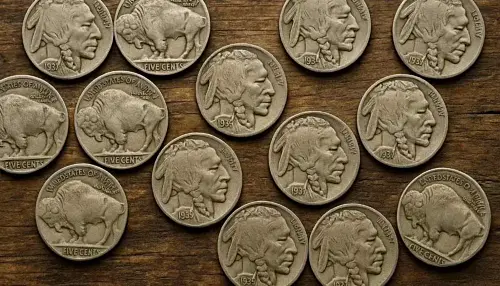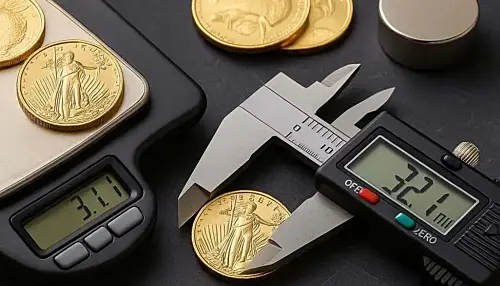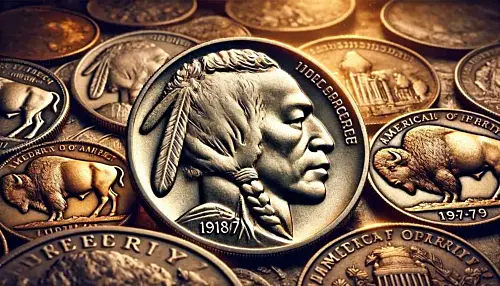Learning
 Admin
Admin
October 27, 2025
Lincoln Cent Error Coins by Year: The Ultimate Collector’s Reference
Discover the most valuable Lincoln Cent errors by year and learn how to identify rare doubled dies, off-metal strikes, and transitional penny varieties.
 Admin
Admin
October 6, 2025
How to Verify Genuine Silver: The Ultimate Identification Guide
Discover expert methods to identify real silver, avoid counterfeits, and protect your investments with proven testing and authentication techniques.
 Admin
Admin
September 24, 2025
U.S. Quarters Worth Collecting: Rarity, Errors & Value Explained
Discover which U.S. quarters are worth more than face value, from silver classics to modern mint errors prized by collectors and investors.
 Admin
Admin
September 24, 2025
The $500 Bill: History, Rarity, and Collector Value
Explore the $500 bill’s history, designs, and collector value, from early issues to modern auctions where rare notes sell for thousands.
 Admin
Admin
September 4, 2025
Test Gold at Home: Simple & Trusted Methods
Learn easy at-home methods to test gold coins, bars, and jewelry. Verify authenticity with trusted techniques for peace of mind.
 Admin
Admin
August 28, 2025
Lincoln Wheat Pennies (1909-1958): A Gateway to American History
Explore the history and value of Lincoln Wheat Pennies (1909–1958). Learn about key dates, mint marks, rare errors, and collector favorites.
 Admin
Admin
July 23, 2025
Junk Silver in 2025: A Smart Stack for Savvy NYC Investors
Explore the growing demand for junk silver in 2025, how below spot pricing works, and what makes these pre-1965 coins a smart stacker's choice.
June 4, 2025
The 1943 Bronze Penny: America’s Most Legendary Coin Mistake
The 1943 bronze Lincoln Cent stands among the most valuable and elusive coins ever struck by the U.S. Mint. Created by mistake during World War II, this legendary coin has sold for hundreds of thousands of dollars at auction. With only a few known examples in existence, learning how to identify and authenticate one could lead to an incredible discovery. This article explores its origin, value, and how to tell if you own one.
June 3, 2025
The Enduring Legacy of the Buffalo Nickel (1913-1938)
The Buffalo Nickel, minted from 1913 to 1938, is one of America’s most beloved coins. Designed by James Earle Fraser, this five-cent piece features powerful imagery honoring Native American culture and frontier wildlife. From controversial beginnings to famous error coins like the 1937-D “three-legged” variety, the Buffalo Nickel remains a cornerstone of U.S. numismatic heritage and a prized collector's item.
May 30, 2025
How to Spot Fake Gold Coins: An Investor’s Guide
Gold coin collecting and investing can be highly rewarding - but only if your coins are genuine. With counterfeits on the rise, knowing how to test for authenticity is critical. This guide from NYC Bullion outlines practical ways to spot fake gold coins, from simple home tests to professional tools, along with expert tips to ensure you buy with confidence.
May 7, 2025
How to Verify Gold Bars from the World’s Leading Refineries
Buying and selling gold in New York comes with high expectations - and even higher standards. At NYC Bullion, we help customers recognize and verify the gold bars they invest in by highlighting the unique security features from the world’s most respected mints. Whether you’re purchasing for wealth protection or resale, authenticity starts with knowledge.
February 7, 2025
The 25 Most Valuable Buffalo Nickels: A Collector’s Guide
The Buffalo Nickel is one of the most iconic and collectible U.S. coins, featuring a bold Native American design and a powerful American bison. While millions were minted from 1913 to 1938, certain dates, mint errors, and rare varieties have made some of these nickels highly sought after. Collectors and investors continue to seek key date Buffalo Nickels, with top examples selling for hundreds of thousands of dollars. In this guide, we explore the 25 most valuable Buffalo Nickels, what makes them rare, and how much they are worth today.


